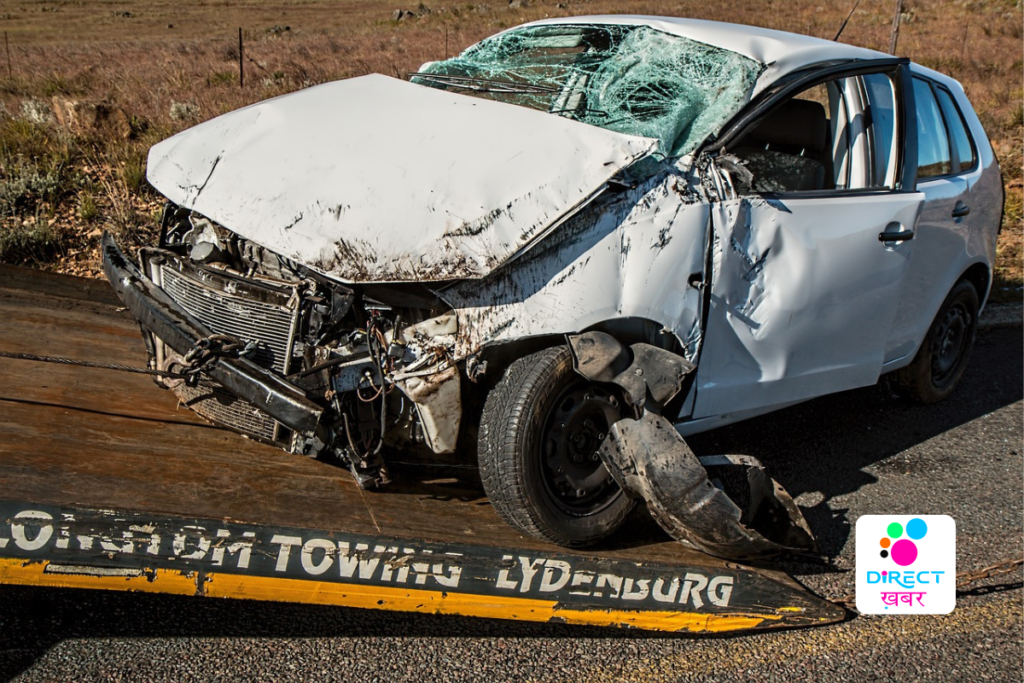Breaking Down the Numbers: Understanding Road Accident Trends and Patterns!
Road accidents are a significant concern worldwide, leading to loss of lives, injuries, and economic burdens. Understanding the trends and patterns of road accidents is crucial for devising effective preventive measures and improving road safety. This analysis delves into the data to uncover insights into road accident trends and patterns, aiming to inform policymakers, researchers, and the general public.
By analyzing the trends and patterns of road accidents, we can identify common risk factors, vulnerable demographics, and high-risk locations. This knowledge empowers policymakers to implement targeted interventions, such as improving infrastructure, enhancing enforcement of traffic laws, and promoting public awareness campaigns.
For researchers, understanding road accident trends provides opportunities to delve deeper into the root causes of accidents and explore innovative solutions. It enables the development of predictive models to anticipate potential accident hotspots and evaluate the effectiveness of various interventions over time.

Overview of Road Accident Data:
Introduction to the dataset: Source, scope, and granularity.
Key variables: Types of accidents, time and location of accidents, vehicles involved, and casualties.
Period covered: Analyzing trends over time.
Trends in Road Accident Frequency:
Examining the overall trend: Are road accidents increasing or decreasing over time?
Seasonal variations: Identifying peak periods for accidents.
Day of the week and time of day analysis: Understanding when accidents are most likely to occur.
Analysis by Accident Type:
Differentiating between types of accidents: Collisions, single-vehicle accidents, pedestrian accidents, etc.
Identifying the most common types of accidents.
Analyzing trends and patterns specific to each accident type.
Geospatial Analysis:
Mapping accident hotspots: Identifying regions with high accident rates.
Factors influencing geographic variations: Road infrastructure, traffic density, urban/rural divide, etc.
Regional comparison: Contrasting accident rates between urban and rural areas, different states or provinces.
Vehicle and Driver Analysis:
Types of vehicles involved: Cars, trucks, motorcycles, bicycles, etc.
Driver demographics: Age, gender, and driving experience.
Impact of factors such as speeding, distracted driving, and driving under the influence.

Severity of Accidents:
Distribution of casualties: Fatalities, injuries, and property damage.
Factors influencing accident severity: Speed, vehicle type, seatbelt usage, etc.
Trends in fatality rates: Are improvements in road safety measures reflected in reduced fatality rates?
Contributing Factors:
Weather conditions: Effects of rain, snow, fog, etc., on accident rates.
Road conditions: Impact of poor maintenance, construction zones, etc.
Human factors: Distracted driving, fatigue, aggression, etc.
Role of enforcement: Effectiveness of traffic laws and enforcement agencies in reducing accidents.
Long-Term Trends and Projections:
Historical perspective: How have road accident trends evolved over the past decade(s)?
Predictive modeling: Forecasting future accident rates based on current trends and interventions.
Implications for policy and intervention planning.
Case Studies and Success Stories:
Highlighting successful interventions: Infrastructure improvements, awareness campaigns, law enforcement strategies, etc.
Lessons learned: Identifying strategies that effectively reduce road accidents and casualties.
Replicability: Assessing the transferability of successful interventions to different contexts.
Recap of key findings: Trends, patterns, contributing factors.

Importance of data-driven interventions: Utilizing insights from analysis to enhance road safety measures.
Future directions: Areas for further research and action to continue reducing road accidents and improving safety.
This comprehensive analysis provides a detailed understanding of road accident trends and patterns, offering valuable insights for stakeholders to develop targeted interventions and policies aimed at minimizing the incidence and severity of road accidents. By leveraging data-driven approaches, we can work towards creating safer roadways for all.
By adopting a collaborative and data-driven approach, stakeholders can make meaningful strides towards creating safer roadways and reducing the incidence and severity of road accidents. Together, we can prioritize road safety as a fundamental aspect of sustainable development, ensuring the well-being of communities worldwide.






